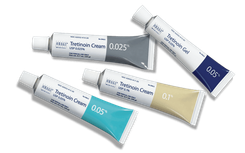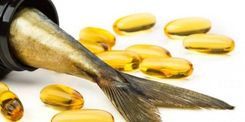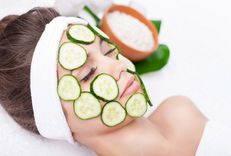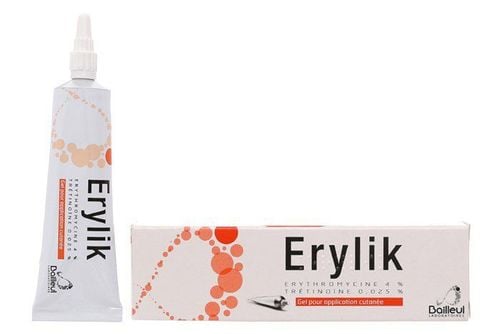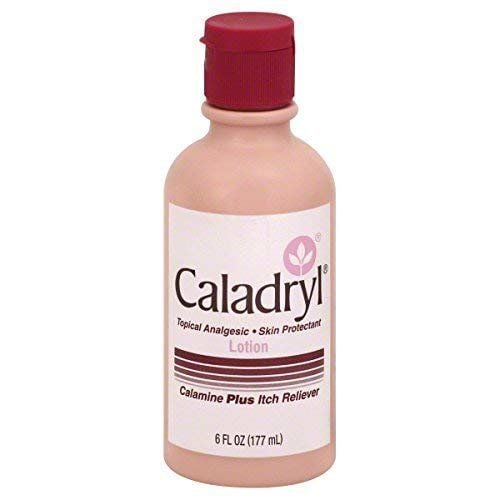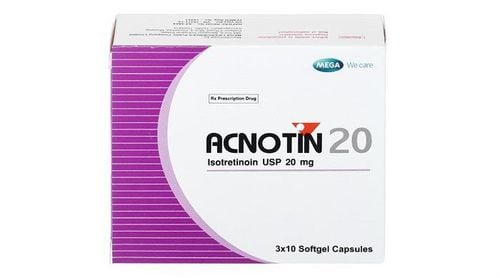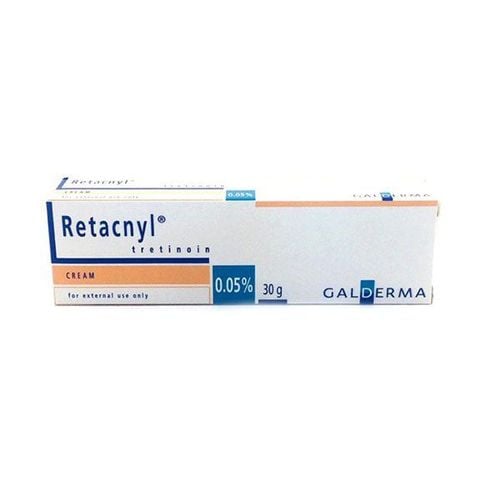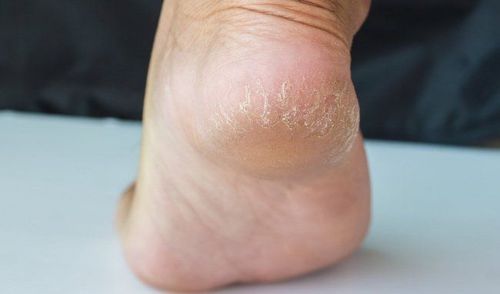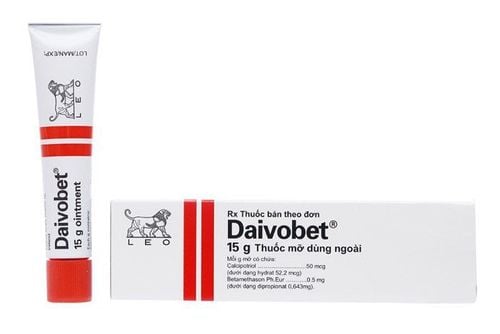Kojic acid is a naturally occurring metabolite produced by fungi with the ability to inhibit tyrosinase activity during melanin synthesis. Its primary applications in cosmetics are based on its antioxidant, anti-proliferative, anti-inflammatory, UV protective, and skin-brightening properties.
1. What is Kojic Acid?
The name "kojic acid" originates from "Koji," a chemical product derived from various fungi such as Aspergillus flavus, A. oryzae, A. tamarii, and A. parasiticus. Kojic acid is also produced through the fermentation of certain Asian foods (e.g., soy sauce and rice wine) and acts as a substrate for fungi or tissue culture medium.
The chemical structure of kojic acid is identified as 5-hydroxy-2-hydroxymethyl-γ-pyrone. While some fungi can naturally produce large quantities of kojic acid, advancements in genetic modification have enhanced their efficiency. This ensures an abundant supply of kojic acid for use in cosmetics, particularly as a skin-whitening or depigmentation agent included in various formulations.
2. What are the characteristics and applications of kojic acid in cosmetics?
The most notable applications of kojic acid in cosmetics include:
- Acting as a skin-whitening agent and UV protection ingredient in cosmetic products.
- Serving as a teeth-whitening component in oral care products.
Several studies have evaluated the depigmentation mechanism and safety of kojic acid in cosmetics. The optimal concentration for topical kojic acid preparations is suggested to be 1% or less to ensure both efficacy and safety.
In patients with melasma or hyperpigmentation sensitive to sunlight, a 6-month treatment with 1% kojic acid cream showed significant improvements in skin tone. Kojic acid's high epidermal diffusion reduces melanin production considerably. Even after two years of monitored use, patients reported no significant side effects.
Consequently, new depigmentation agents like kojic acid are increasingly recognized as essential cosmetic ingredients requiring a reliable supply in the future.
Additionally, kojic acid exhibits antibacterial properties, effectively killing certain common bacteria (e.g., acne-causing bacteria) even in low concentrations. Studies also indicate its antifungal properties against skin-residing and pathogenic fungi.
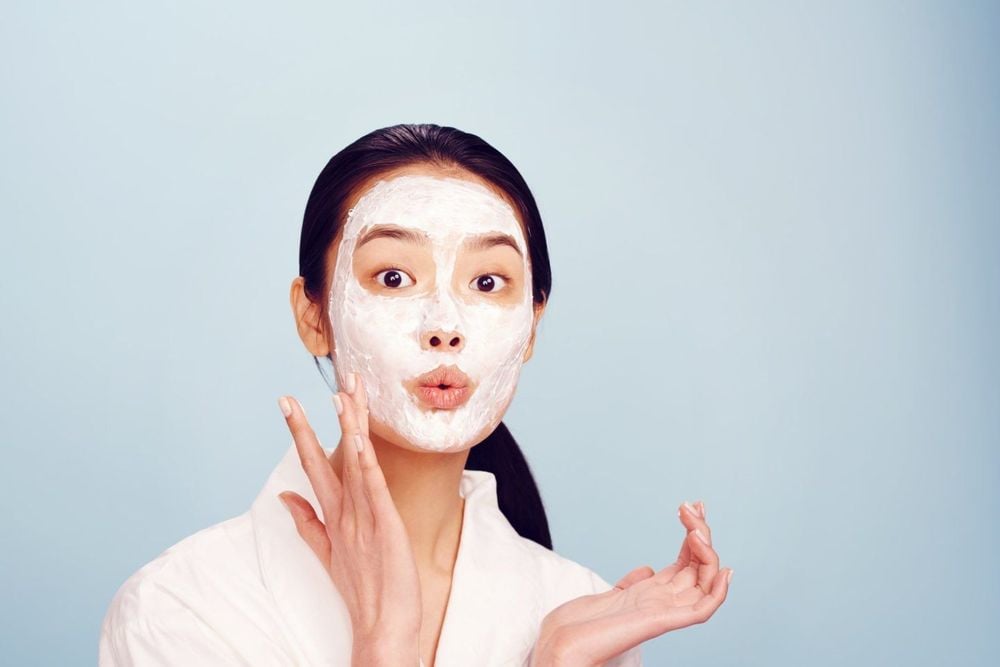
3. Potential Side Effects of Kojic Acid
While kojic acid offers numerous benefits, it may also cause some adverse reactions when used in cosmetic products.
The main side effect of kojic acid is contact dermatitis, especially in individuals with sensitive skin. Symptoms of contact dermatitis include irritation, rash, inflammation, itching, and pain. These reactions often occur due to improper use or overuse of kojic acid, particularly when used at concentrations higher than 1%.
Another possible side effect of prolonged kojic acid use is sunburn in people with sensitive skin. There is also some evidence suggesting that kojic acid might contribute to skin cancer in damaged skin, although further studies are needed to confirm these potential risks or benefits.
In general, kojic acid is widely used for various purposes, particularly in cosmetics for skin whitening and teeth-whitening products. It is present in skin-lightening creams, moisturizers, whitening soaps, and oral care products. However, kojic acid should be used at the recommended concentrations to achieve its benefits safely.
Refer to the article on the website Vinmec International Hospital for more information on beauty and health care across different age groups.
To arrange an appointment, please call HOTLINE or make your reservation directly HERE. You may also download the MyVinmec app to schedule appointments faster and manage your reservations more conveniently.
References: healthline.com - medicalnewstoday.com - sciencedirect.com
